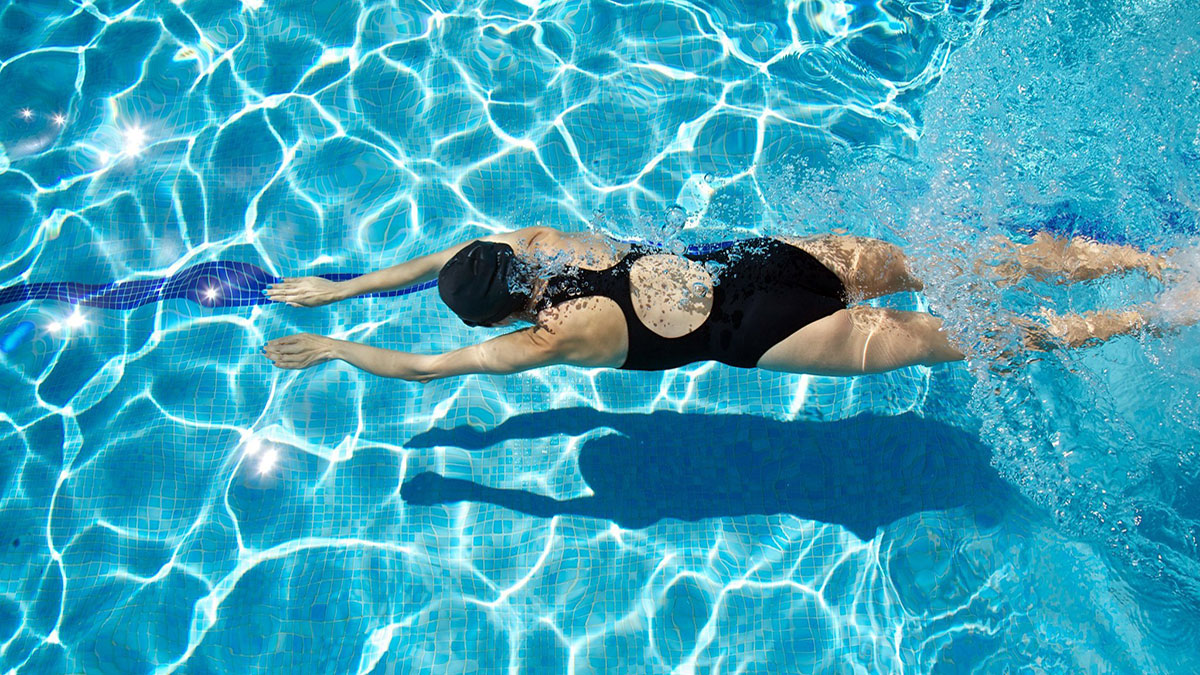
Swimming
Aquatic activities provide another joint-friendly exercise option. For example, swimming, water aerobics, aqua jogging, and other aquatic activities can give your heart, lungs, and muscles a workout, while putting little stress on your joints. A 2017 review found that aquatic exercise can help lower blood sugar levels, much like land-based exercise does.
Weightlifting
Weightlifting and other strengthening activities help build your muscle mass, which can increase the number of calories you burn each day. Strength training may also help improve your blood sugar control, reports the ADA. If you want to incorporate weightlifting into your weekly exercise routine, you can use weight machines, free weights, or even heavy household objects, such as canned goods or water bottles.
To learn how to lift weights safely and effectively, consider joining a weightlifting class or asking a professional fitness trainer for guidance.
Yoga
According to a 2016 review, yoga can help people with type 2 diabetes manage their blood sugar, cholesterol levels, and weight. It might also help lower your blood pressure, improve the quality of your sleep, and boost your mood. If you’re interested in trying yoga, sign up for a class at a local studio or gym. A trained professional can help you learn how to move from one pose to another, using the proper posture and breathing technique.

























